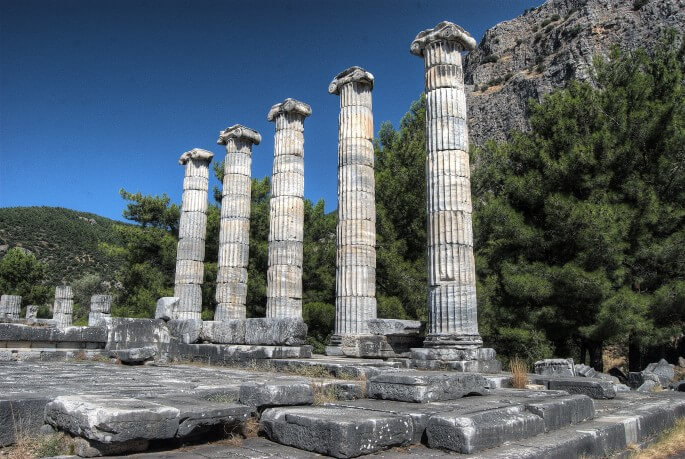Information on The Historical Treasures of Ancient Priene
As indicated by history books, two critical fortunes rose up out of the remnants of old Priene, a previous city in the Aegean area of Turkey. They are the Priene Inscription and the Priene Calendar, two instructive scripts go down for future eras.
But no city would ever abandon as more prominent legacy as that, yet for me, walking around the old remains incited a condition of euphoric energy, despite the fact that they are not as broad as the vestiges seen at other antiquated urban communities like Ephesus.
As a side interest, I cherish perusing about Turkish history and have gone by enough antiquated urban areas the nation over to effortlessly envision them in their previous prime and radiance, as though I lived there like a native. Strolling along the remnants of a public square road, I can find in my mind, the businesspeople, and slaves.
Sitting in the remaining parts of an antiquated theater, I can play out a nonexistent situation in my mind of the acoustic sound of artist’s music skipping off the stones, or in specific cases, conciliatory customs commonly made before the start of the diversions. I can remain amidst a square made of stones and feel the mood of an old house, primitive of our present day cutting edge ways of life.
The Priene Calendar and Athena Polias Temple
Dating from the ninth century BC, the Priene schedule, found on two stones in the old commercial center says that the 23rd of September does not simply connote the introduction of the immense Roman ruler Augustus additionally proclaims another time.
On sites around the Internet, Christian religious specialists hotly discuss this logbook with reference to the Gospels and the happening to Jesus Christ. Most likely because of my absence of enthusiasm for Christianity, I am still innocent with regards to the centrality of this datebook yet enormously keen on the Priene Inscription.





















